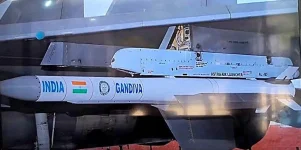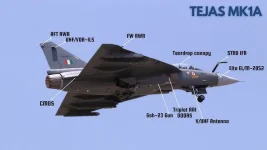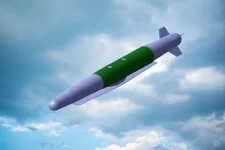- Views: 2K
- Replies: 7
In a major boost to India's combat aviation capabilities, the indigenous Astra Mk1 Beyond Visual Range Air-to-Air Missile (BVRAAM) is scheduled to begin captive trials on the Indian Air Force (IAF) Rafale fighter jets by the end of 2025.
Live firing tests of the advanced missile are anticipated to take place in 2026.
This critical integration project is being jointly executed by French aerospace firm Dassault Aviation and India's Defence Research and Development Organisation (DRDO).
The integration of the Astra missile system is a key step in upgrading the capabilities of the IAF's Rafale fleet. Dassault Aviation is leading the effort to equip the jets with the Astra Mk1, which has an engagement range of approximately 110 kilometres.
This collaboration is also expected to facilitate the future integration of the more powerful Astra Mk2 variant, capable of striking targets up to 160 km away, significantly enhancing the IAF's air dominance.
Developed by the DRDO, the Astra Mk1 is an all-weather, state-of-the-art missile designed to engage and destroy highly manoeuvrable enemy aircraft from a distance, without requiring the pilot to have a direct line of sight.
These upcoming tests are a crucial phase in equipping the 4.5-generation Rafale fighters with this potent indigenous weapon.
Captive trials are a standard preliminary step where the missile is carried by the aircraft to test its aerodynamic compatibility and the integration of its electronic systems with the aircraft's controls, without being launched.
The addition of the Astra missile will supplement the Rafale's current arsenal, which includes the European-made Meteor and MICA air-to-air missiles.
The MICA missile has a shorter range of around 80 km, making the Astra a superior option for long-range engagements. The successful integration will provide a significant tactical advantage against advanced adversary aircraft in the region.
This development is a significant achievement for India's "Make in India" policy in the defence sector, which aims to foster self-reliance in critical military technologies.
The partnership between DRDO and Dassault Aviation highlights a growing synergy between India’s domestic defence industry and global aerospace leaders.
By equipping its premier fighter jets with a domestically produced missile, the IAF is reducing its dependence on foreign suppliers while simultaneously enhancing the lethality and strategic reach of its fleet.



